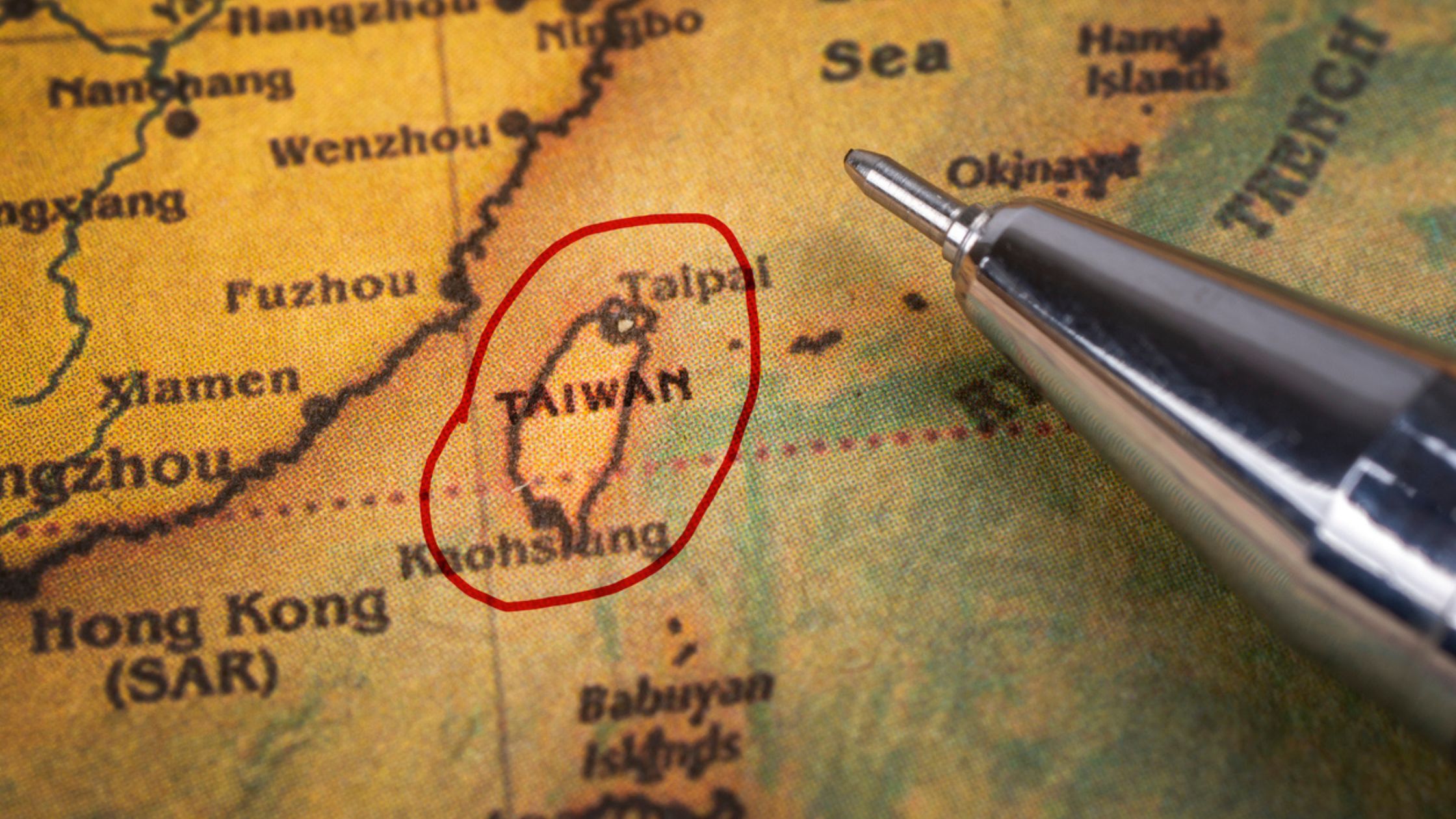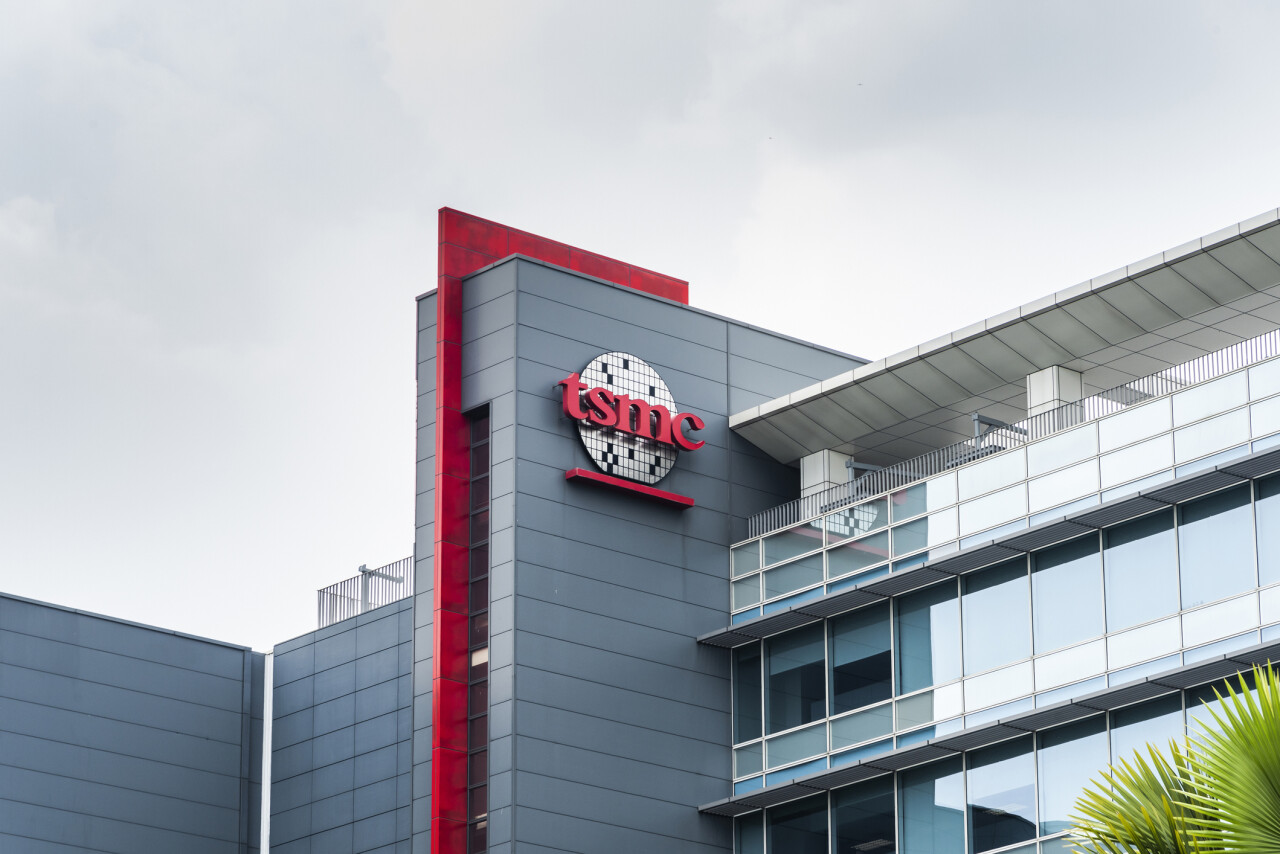Taiwan IP Office Plans to Issue Electronic Certificates
From the beginning of 2023, the Taiwan Intellectual Property Office (TIPO) will issue patent and trademark certificates in electronic form. In order to cut down on paper usage and delivery costs as well as offer the IP right holder convenience in document management, the initiative is part of the overall government plan to modernize office procedures and encourage sustainable practices. The applicant will have the option to choose either a paper or an electronic certificate upon paying issue fees. By opting for the electronic format, the applicant may still request a paper copy if later needed (but not vice versa). The process goes through the following several steps:
- After receiving a notice of issuance, the applicant is instructed to download the e-certificate within 6 months from a specific webpage or in 5 days via the E-SET platform (an electronic document delivery system).
- The e-certificate is issued as an encrypted PDF document with security measures, and there will be a code on each e-certificate.
- By uploading the e-certificate to TIPO or scanning the code, it will be possible to quickly verify the document’s authenticity or even see the latest legal status of the associated patent or trademark right.
- An e-certificate is also available upon re-issuance, recordation of patent assignment, inheritance, and trust.
Taiwan Drafts Bill to Help High-Tech Companies
Lawmakers in Taiwan introduced a draft bill to institute a new Article 10-2 of the Statute for Industrial Innovation. This new law aims to create tax incentives for high-tech companies investing in Taiwan. High-tech companies making Research and Development contributions to the semiconductor industry will enjoy a 25% credit against corporate income tax for their investments. That means 25% of their annual spending on R&D activities can be credited against the corporate income tax for the same year if:
- They are in compliance with the environmental and labor laws.
- Their investments meet a certain threshold.
- The ratio of R&D expense to income reaches a certain scale.
- The applicable effective tax rate is not lower than 15%.
Also, 5% of the total investments that are spent on brand new equipment for operating advanced processes can also be credited against the corporate income tax up to a limit of 30% of the payable corporate income tax for the year. The total combined tax credits for R&D investments and equipment procurements will be capped at 50% of the payable corporate income tax for the year. The new tax clause will also apply to foreign companies established in Taiwan with an R&D hub or subsidiary entity that meet the abovementioned requirements. Besides semiconductor firms, businesses involving electric vehicles, 5G communication or low-orbit satellites will also be eligible for these tax benefits. The new law is expected to go into effect in January 2023.
China Issues Cause Tightening of Personnel Travel Rules in Taiwan
An amendment to the Regulations Governing Entry Permission to Mainland China for Government Employees and Persons with Special Status in the Taiwan Area has been proposed, the Ministry of the Interior said in December, 2022. It would require people who work with government-funded core technologies to notify the National Immigration Agency and other related agencies in order to receive permission from a review committee before making any trip to China. The review committee would comprise members of the Interior Ministry, the National Security Bureau, the Ministry of Justice, and the Mainland Affairs Council. The amendment specifically added a section on individuals or members of legal persons, organizations or other institutions entrusted, subsidized or invested to a certain level by government agencies who engage in matters involving national core technologies and stipulates that such people would need permission to travel to China for up to three years after they cease working with such technologies. Those with comments and suggestions can contact the Interior Ministry before the 60 day notification period for the amendment will cease at the end of January, 2023.
Highlights of China’s Amendments to the Regulations for the Implementation of the Drug Administration Law
There have been some updates to the regulations concerning the section Intellectual Property Protection for Pharmaceutical Products in the Drug Administration Law as follows:
- Article 38 states when there is a patent right dispute during the application for marketing approval of drugs, the relevant parties may file a lawsuit to the court or request an administrative adjudication to the CNIPA. Moreover, the examination for the application does not pause during a legal action. For a chemical drug that passed the examination, the National Medical Products Association (NMPA) will eventually grant a marketing approval or not according to the court’s judgement, verdict, or settlement agreement, or the CNIPA’s administrative adjudication. If the NMPA does not receive the abovementioned documents within a certain period of time, they may grant a marketing approval independently. Also, the NMPA has the legal authority to run and supervise a pharmaceutical drug patent information registration platform to disclose patent status associated with a drug, where the marketing approval applicant/holder is responsible for the authenticity, accuracy and completeness of the uploaded patent information.
- Article 39 discusses promoting the development of generic drugs by providing market exclusivity to the first successful chemical generic drug which wins in a patent linkage dispute. That means the NMPA would not grant approval to another generic copy within 12 months from the date of the first successful generic drug’s approval. However, the market exclusivity term cannot exceed beyond the expiry of the challenged patent term.
- Article 40 looks at data exclusivity. For 6 years, the NMPA will not grant approval to another application which cites the same data of the previous market approval. This will protect the market approval holder’s submitted undisclosed experimental data or other data for some drugs from unfair commercial use by others. Such data will not be made public by the NMPA unless there is some pressing public interest according to the regulations.
- Article 28 focuses on encouraging developments in pediatric medicine. Market exclusivity will be granted to the first approved drug of new variety, dosage form, and strength specifically designed for children, or to an existing drug with newly added indications or administration routes. During such time, no other drugs of the same variety will be approved. Furthermore, the review process for the applications for market approvals of pediatric drugs will be prioritized.
Article 29 guarantees a market exclusivity of 7 years to an approved orphan drug to treat a rare disease if the marketing approval holder promises an uninterrupted supply of the drug. Failure to do so means the exclusivity will be terminated. Likewise, to encourage the research and innovation of orphan drugs, studies for drugs that treat rare diseases will be supported and developments for treating new indications of rare diseases by already marketed drugs will be fostered. Also, the review process for the applications for market approvals of orphan drugs in urgent needs for clinical uses will be prioritized.
Number of Patents Increases in China in 2021
According to the latest annual figures for 2021, out of all the countries, China had the most patents in force with 3.6 million. The global total in 2021 was 16.5 million. China also had 37.2 million active trademarks (compared to a global total of 73.7 million) and 2.6 million industrial design registrations (compared to a global total of 5.3 million). IP filing remained strong during the height of the Covid-19 pandemic in 2020 and soared in 2021. Innovators around the world filed 3.4 million patent applications in 2021, up 3.6% from the previous year with offices in Asia receiving 67.6% of all applications worldwide. An estimated 13.9 million trademark applications covering 18.1 million classes were filed worldwide in 2021, and the China National Intellectual Property Administration (CNIPA) had the highest volume of filing activity with a class count of around 9.5 million, followed by the United States Patent and Trademark Office (899,678), and the European Union Intellectual Property Office (497,542). An estimated 1.2 million industrial design filings were made worldwide in 2021. Global intellectual property filings for patents, trademarks and designs reached new heights in 2021, showing the resilience of the global innovation ecosystem during the pandemic, according to the same report published by the World Intellectual Property Organization in November 21, 2022.










 Deep & Far Attorneys-at-law
Deep & Far Attorneys-at-law Yu-Li Tsai
Yu-Li Tsai Lu-Fa Tsai
Lu-Fa Tsai C. F. Tsai
C. F. Tsai







